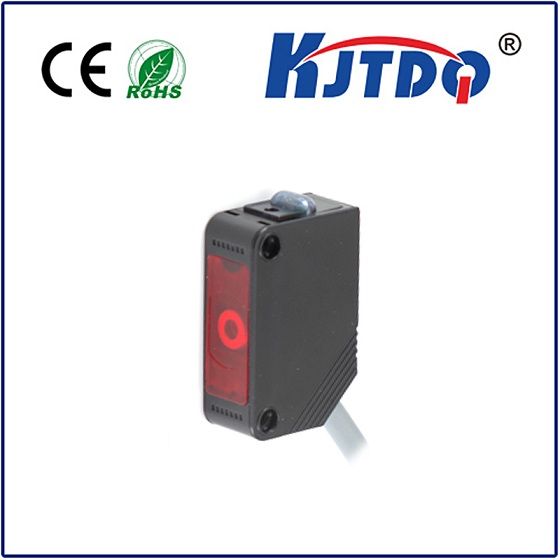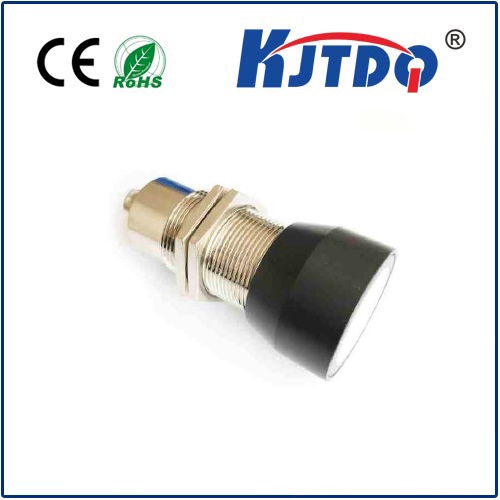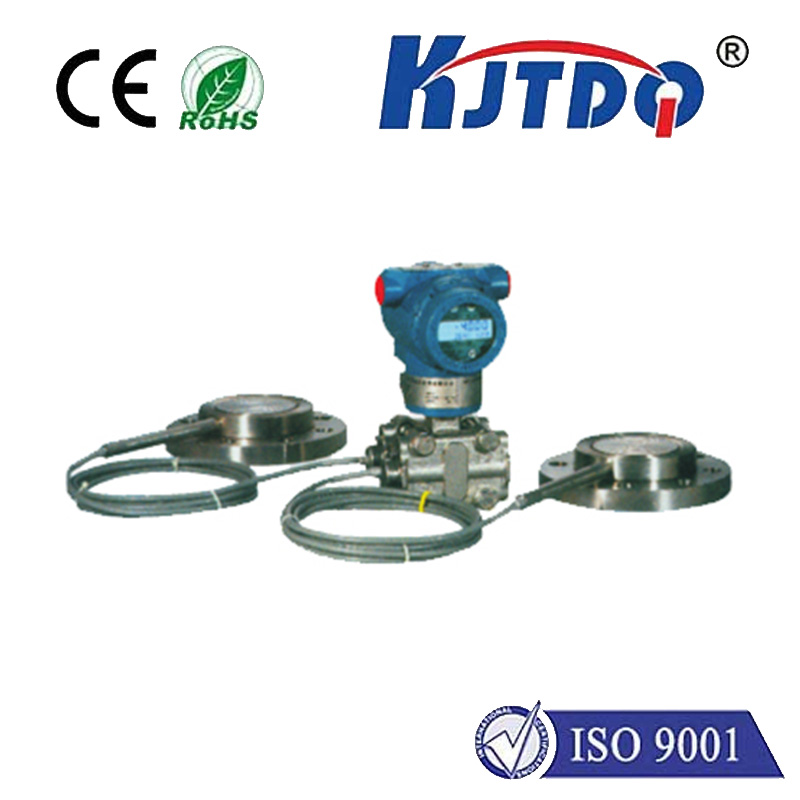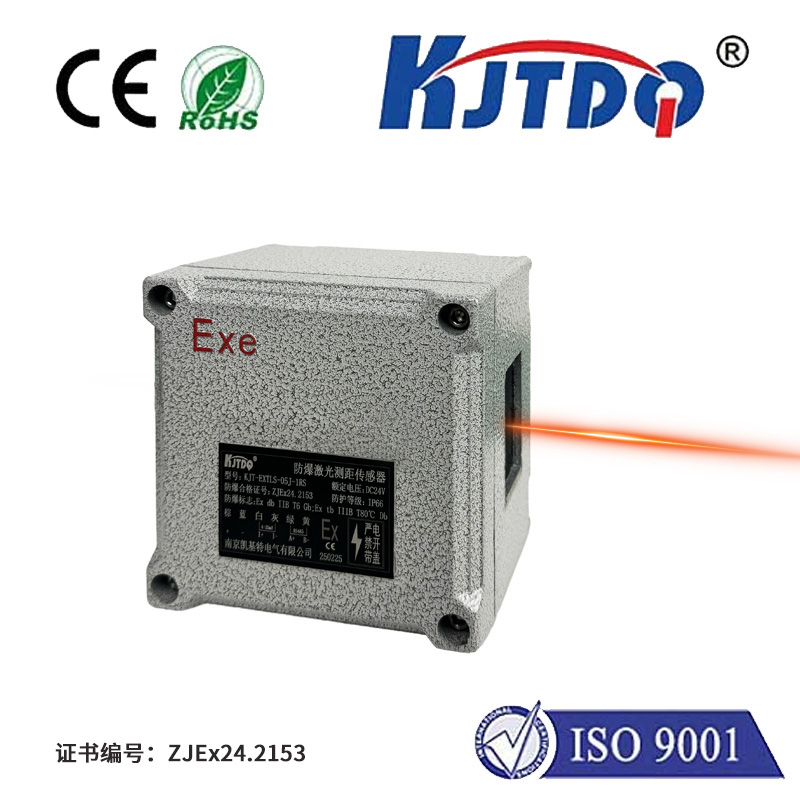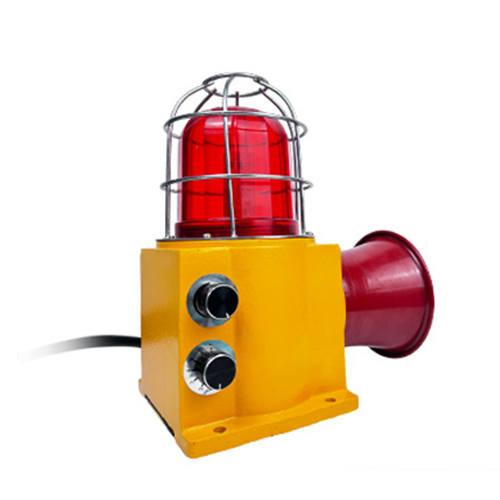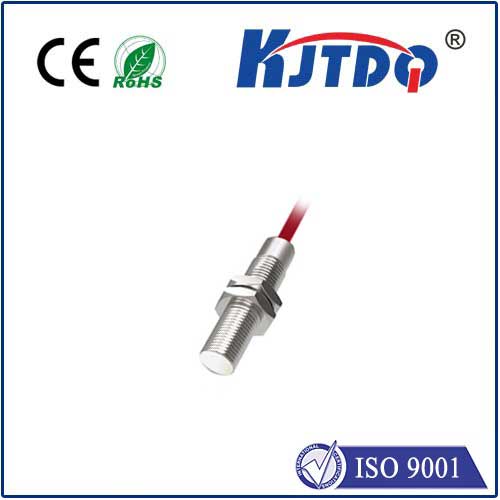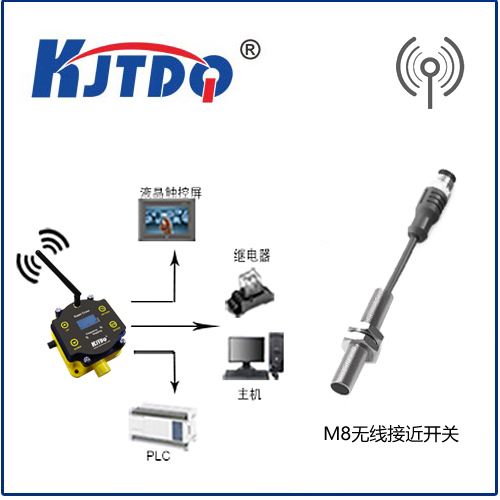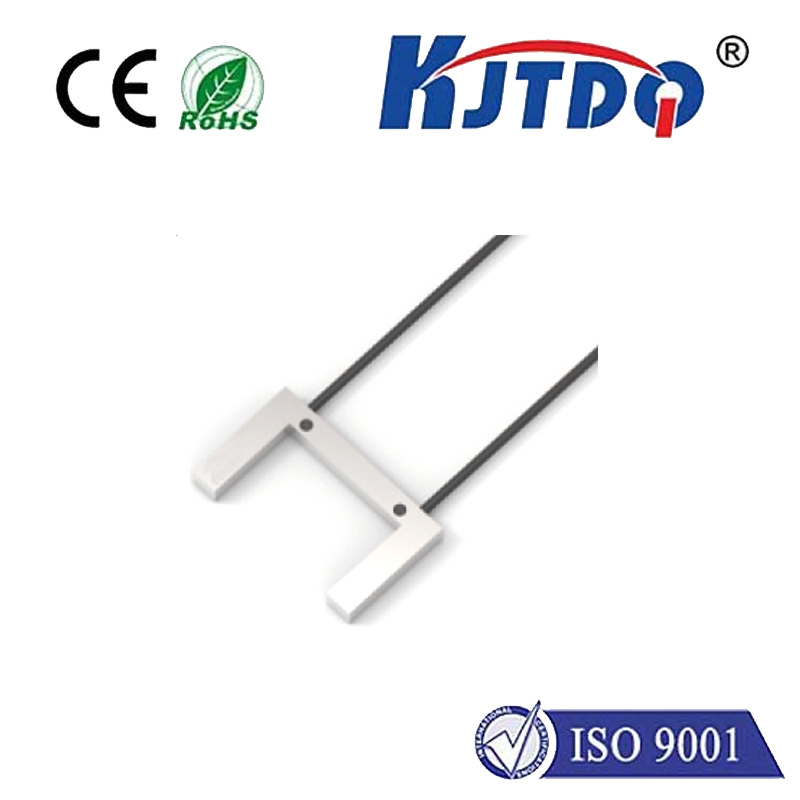

check

check

check

check

check

check

check

check

check

check
Title: Ensuring Safety with Cutting-Edge Laser Sensor Technology
Introduction:
In the fast-paced world we live in, safety is paramount. Whether it's in manufacturing, construction, or transportation, ensuring the well-being of workers and the general public is of utmost importance. To achieve this goal, advanced technologies like laser sensors have come to the forefront. In this article, we'll explore how laser sensors are revolutionizing safety and their potential applications in various industries.
Section 1: What Are Laser Sensors?
Laser sensors are devices that use laser technology to detect objects and measure distances quickly and accurately. They work by emitting a light beam from a laser diode and analyzing the reflection off a target object. The time it takes for the light to travel from the laser diode to the sensor and back is used to calculate the distance between the two objects. This makes laser sensors highly precise and reliable, making them ideal for safety applications.

Section 2: Benefits of Laser Sensors in Safety Applications
1. Real-time Monitoring: Laser sensors can be used to monitor areas in real-time, providing constant feedback on potential hazards or unsafe situations. This allows for quick action to be taken to prevent accidents before they occur.
2. High Accuracy: Due to their ability to detect objects at extremely high speeds and distances, laser sensors offer unmatched accuracy in identifying potential safety hazards. This helps prevent false alarms and ensures that only real threats are identified.
3. Non-Disruptive: Laser sensors operate silently and without any physical contact with the environment, making them non-invasive and non-disruptive in their operation.
4. Cost-effective: While initially expensive to purchase and install, laser sensors have become increasingly affordable over time. Moreover, their low maintenance requirements mean that they can save businesses both time and money in the long run.
Section 3: Potential Applications of Laser Sensors in Various Industries
1. Manufacturing: Laser sensors can be used to monitor assembly lines for potential hazards such as faulty equipment or hazardous materials. This helps ensure the safety of workers and minimizes the risk of accidents.
2. Construction: In construction sites, laser sensors can be used to detect obstacles or potential hazards, such as falling debris or unstable structures. This helps prevent accidents and ensures that workers can work safely.
3. Transportation: Laser sensors can be used in vehicles to monitor road conditions and detect potential hazards such as pedestrians or other vehicles. This helps prevent accidents and keeps everyone on the road safe.
Conclusion:
As we've seen, laser sensors are a powerful tool in ensuring safety in various industries. Their precision, accuracy, and non-invasive nature make them an invaluable asset for companies looking to minimize risks and protect their workers. As technology continues to advance, we can expect even more innovative applications of laser sensors in the future, further improving safety and reducing the risk of accidents worldwide.
